Health & Science
An epidemic of teen sexual coercion; The mole rat’s longevity secret; Mars’s supervolcanic past; Why novels make you nicer
An epidemic of teen sexual coercion
Date rape and sexual coercion are disturbingly commonplace among high school and college students. A new study has found that nearly one in 10 young people ages 14 to 21 admit to having forced a partner to perform a sexual act against his or her will. The survey of more than 1,000 young people asked whether they’d ever “kissed, touched, or done anything sexual with another person when that person did not want you to?” The number of “yes” answers stunned researchers. “I don’t get creeped out very often,” study author Michele Ybarra of the Center for Innovative Public Health tells NPR.org. “But this was wow.” Three out of four victims were in a romantic relationship with the perpetrator, while the rest were friends or acquaintances. Offenders used various forms of coercion, including prolonged verbal pressure and threats, getting a victim drunk, and simply forcing themselves on their victims. About 80 percent of victims were female, but by age 18, young women were almost as likely to engage in coercion as males. Offenders were more likely to admit having viewed pornography depicting violent sex. Most chilling of all is that the vast majority of perpetrators believed their victim was all or partly to blame, and almost none faced any consequences. “We absolutely need to have conversations with our kids about what healthy sex is,” Ybarra says.
The mole rat’s longevity secret
The Week
Escape your echo chamber. Get the facts behind the news, plus analysis from multiple perspectives.

Sign up for The Week's Free Newsletters
From our morning news briefing to a weekly Good News Newsletter, get the best of The Week delivered directly to your inbox.
From our morning news briefing to a weekly Good News Newsletter, get the best of The Week delivered directly to your inbox.
Naked mole rats—hairless rodents that reside underground in East Africa—have amazed scientists with their longevity. Though they are the same size as their mice cousins, they can live for 30 years, whereas mice live only about two. Now researchers have discovered one possible reason for the mole rats’ extraordinary lifespan: They are extremely accurate at producing proteins, the building blocks of cells. In humans and other animals, the accumulation of proteins that contain errors, known as “junk” proteins, clogs cells and leads to signs of aging: sagging skin, slower metabolism, and diseases such as Alzheimer’s. But in producing proteins, naked mole rats make up to 10 times fewer mistakes than mice do. Researchers say understanding how mole rats stave off aging could lead to new treatments for people. “Every time we look at the naked mole rat,” study author Vera Gorbunova of the University of Rochester tells LATimes.com, “there’s something unexpected and something that could be potentially useful to humans.” Another example: Mole rats never get cancer.
Mars’s supervolcanic past
Ancient Mars had at least four supervolcanoes that violently expelled 1,000 times more lava and material than Mount St. Helens did in 1980. Planetary scientists studying photographs of craters on northern Mars recently realized they weren’t created by meteor impacts, but are the collapsed remains of massive volcanoes. One of the craters, named Eden Patera, is a mile deep and 43 miles wide. More than 3.5 billion years ago, it was the site of a huge explosion that spewed billions of tons of lava, gas, and ash into the air that spread over much of the planet, covering it with fine-grained dust. Instead of forming a cone, supervolcanoes explode underground and create gigantic depressions when they stop ejecting material. They were common on early Earth, helping to shape the geology and climate. In some cases, the greenhouse gases heated the atmosphere; in others, the ash blocked sunlight, cooling it. “This is a totally new kind of process that we hadn’t thought about for Mars, and it changes the way we view the evolution of the planet,” study author Joseph Michalski of the Planetary Science Institute tells CNN.com. Experts say it’s unclear whether the volcanoes would have made ancient Mars more or less hospitable to life.
Why novels make you nicer
A free daily email with the biggest news stories of the day – and the best features from TheWeek.com
To become a nicer, more empathetic person, pick up a good novel. New research proves what any English literature teacher could tell you: Reading fiction enables people to better understand other people’s feelings and perspectives. Psychologists at the New School for Social Research asked people between the ages of 18 and 75 to read 10 to 15 pages of either literary fiction, including short stories by Anton Chekhov and Don DeLillo; popular fiction, including a potboiler by Danielle Steel; or nonfiction articles from Smithsonian magazine. Then they tested the subjects’ ability to look at pictures of people’s eyes and faces and tell what emotions those pictured were feeling. The researchers found that the subjects who read the literary works scored much higher on the tests than the other readers, suggesting that within just a few minutes, the stories had heightened their emotional intelligence. That’s likely because literary fiction “forces you as a reader to contribute your own interpretations, to reconstruct the mind of the character,” study author Emanuele Castano tells USA Today. That, in turn, may make readers better at empathizing with others and navigating complex social situations in real life.
-
 Political cartoons for December 11
Political cartoons for December 11Cartoons Thursday's political cartoons include sinking approval ratings, a nativity scene, and Mike Johnson's Christmas cards
-
 It Was Just an Accident: a ‘striking’ attack on the Iranian regime
It Was Just an Accident: a ‘striking’ attack on the Iranian regimeThe Week Recommends Jafar Panahi’s furious Palme d’Or-winning revenge thriller was made in secret
-
 Singin’ in the Rain: fun Christmas show is ‘pure bottled sunshine’
Singin’ in the Rain: fun Christmas show is ‘pure bottled sunshine’The Week Recommends Raz Shaw’s take on the classic musical is ‘gloriously cheering’
-
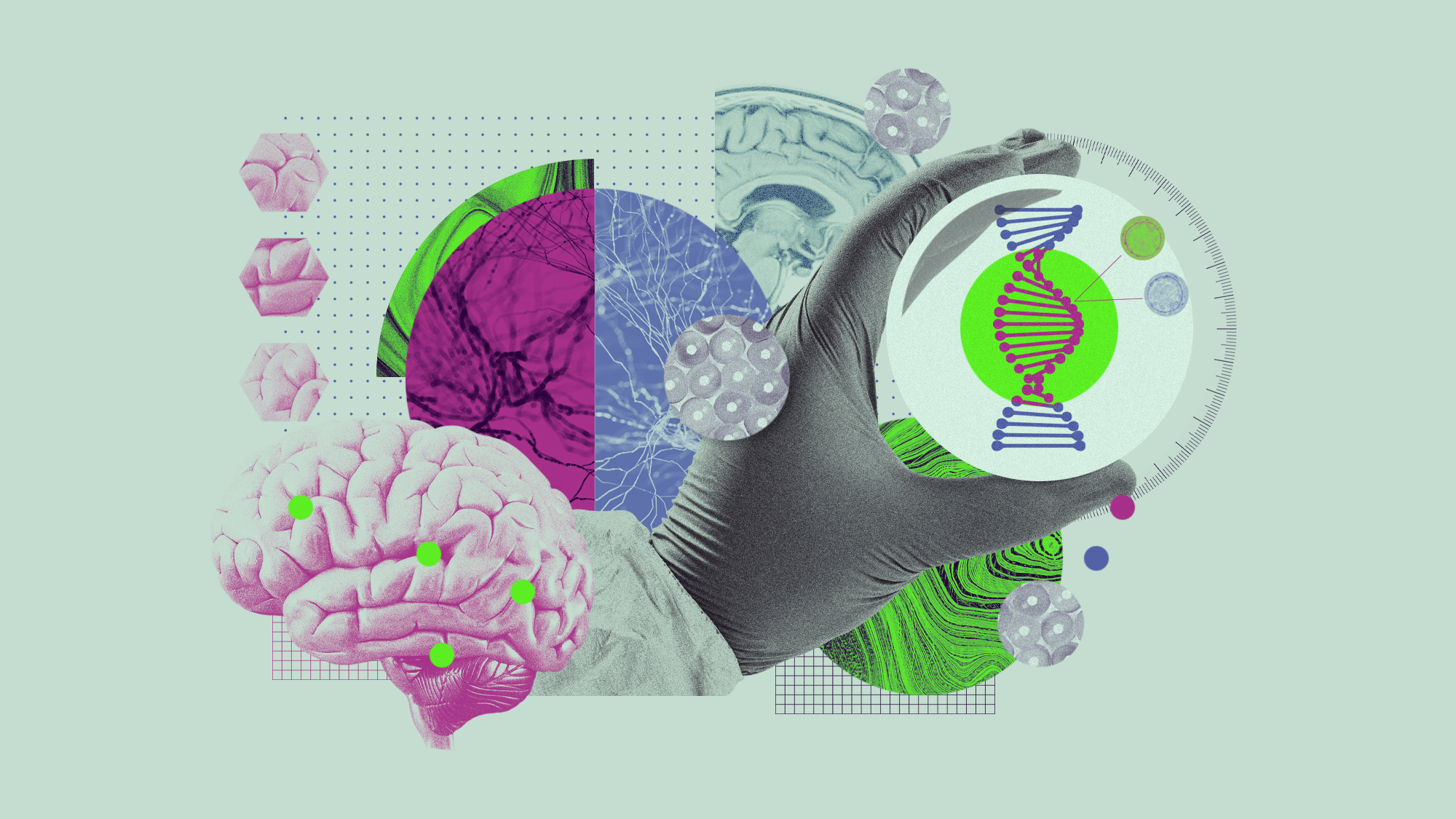 5 recent breakthroughs in biology
5 recent breakthroughs in biologyIn depth From ancient bacteria, to modern cures, to future research
-
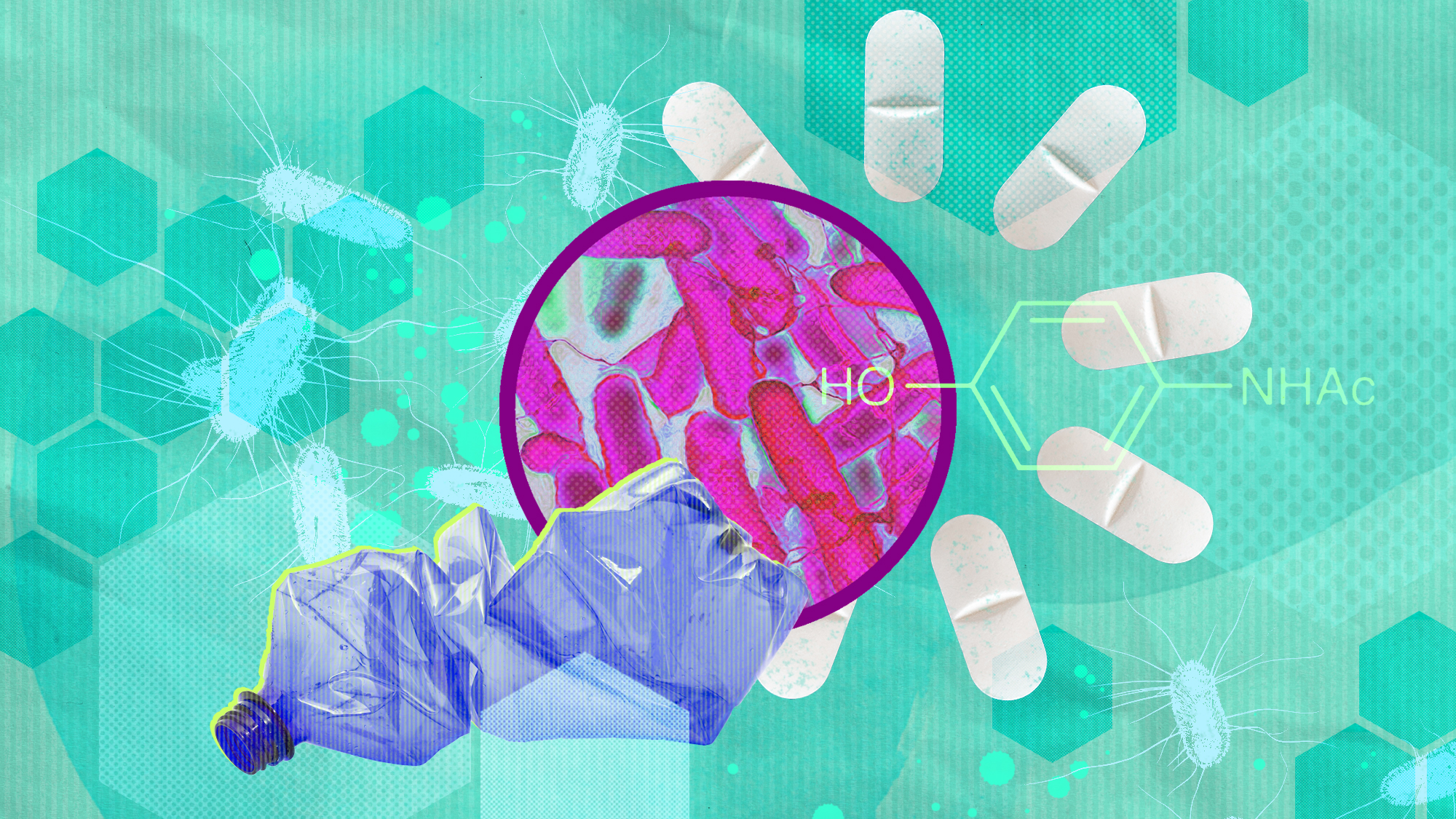 Bacteria can turn plastic waste into a painkiller
Bacteria can turn plastic waste into a painkillerUnder the radar The process could be a solution to plastic pollution
-
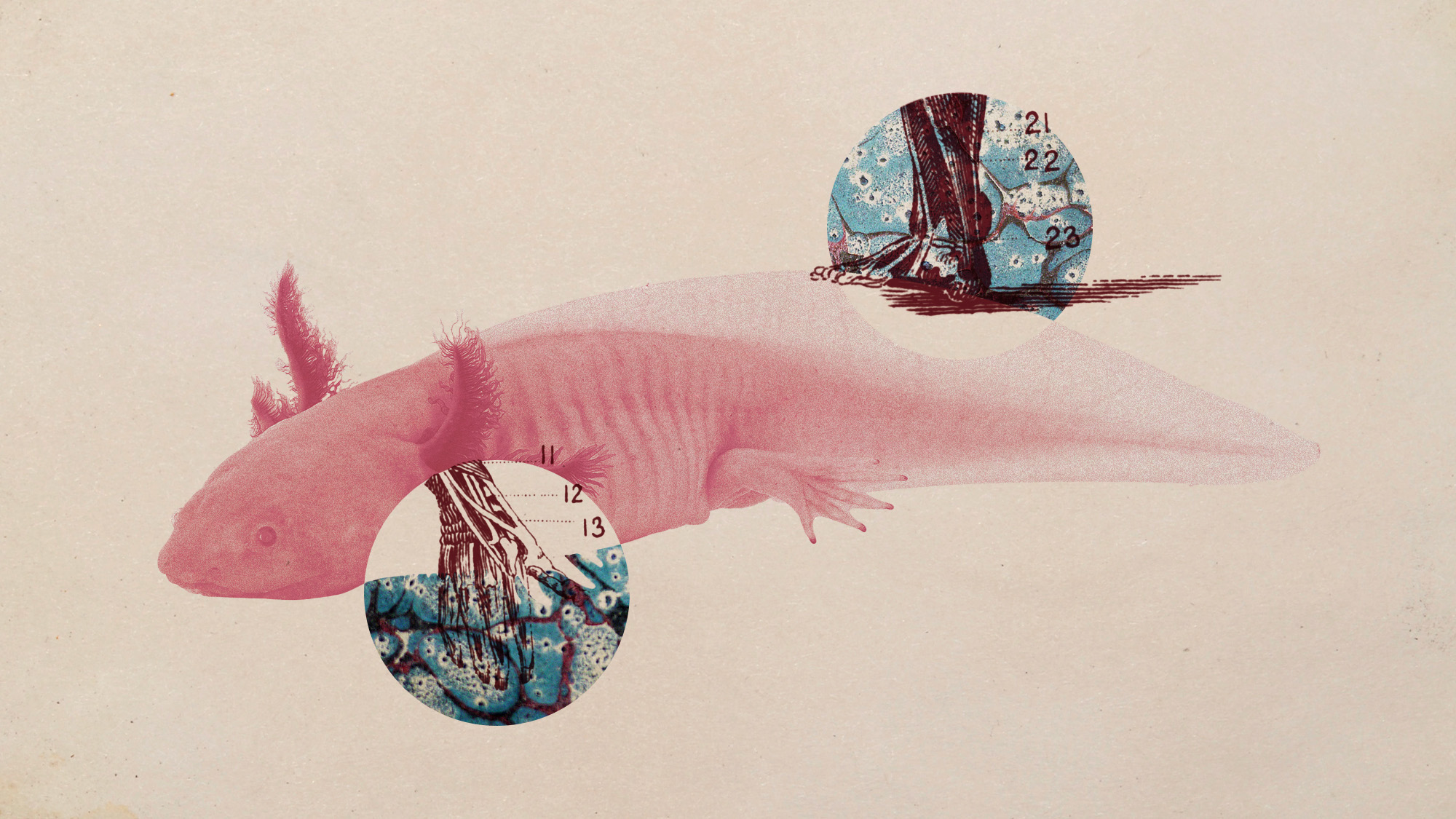 Scientists want to regrow human limbs. Salamanders could lead the way.
Scientists want to regrow human limbs. Salamanders could lead the way.Under the radar Humans may already have the genetic mechanism necessary
-
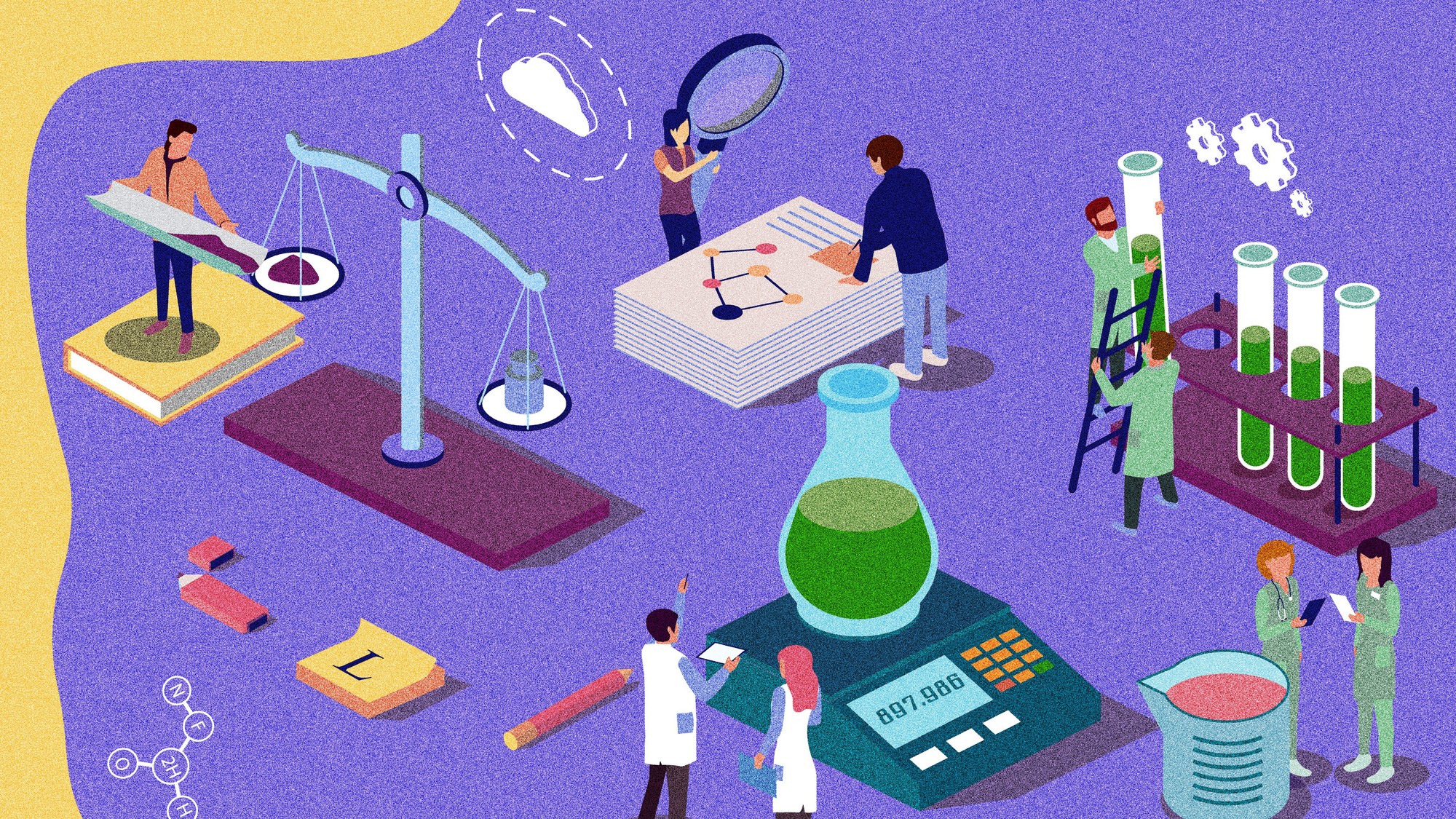 Is the world losing scientific innovation?
Is the world losing scientific innovation?Today's big question New research seems to be less exciting
-
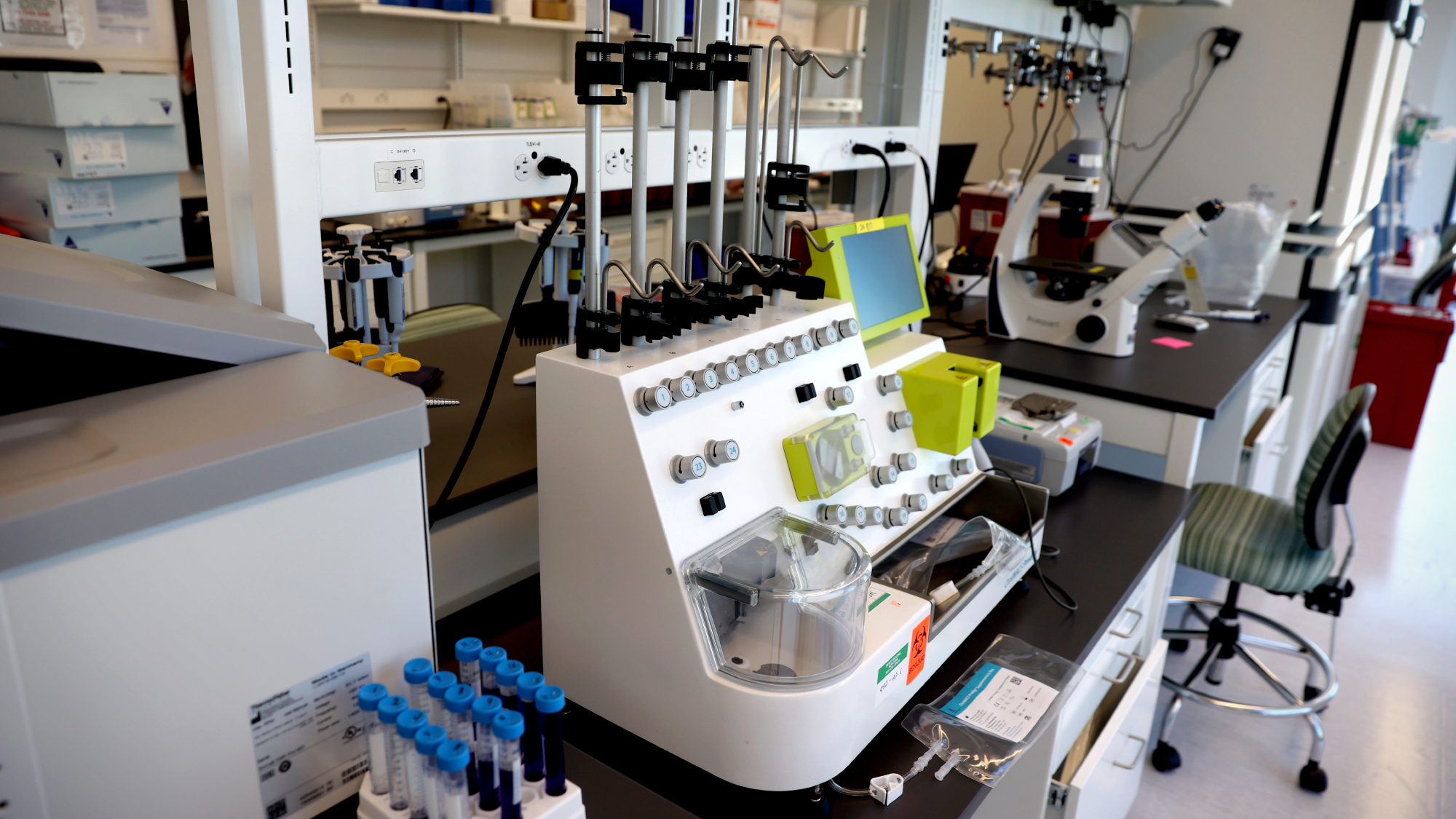 Breakthrough gene-editing treatment saves baby
Breakthrough gene-editing treatment saves babyspeed read KJ Muldoon was healed from a rare genetic condition
-
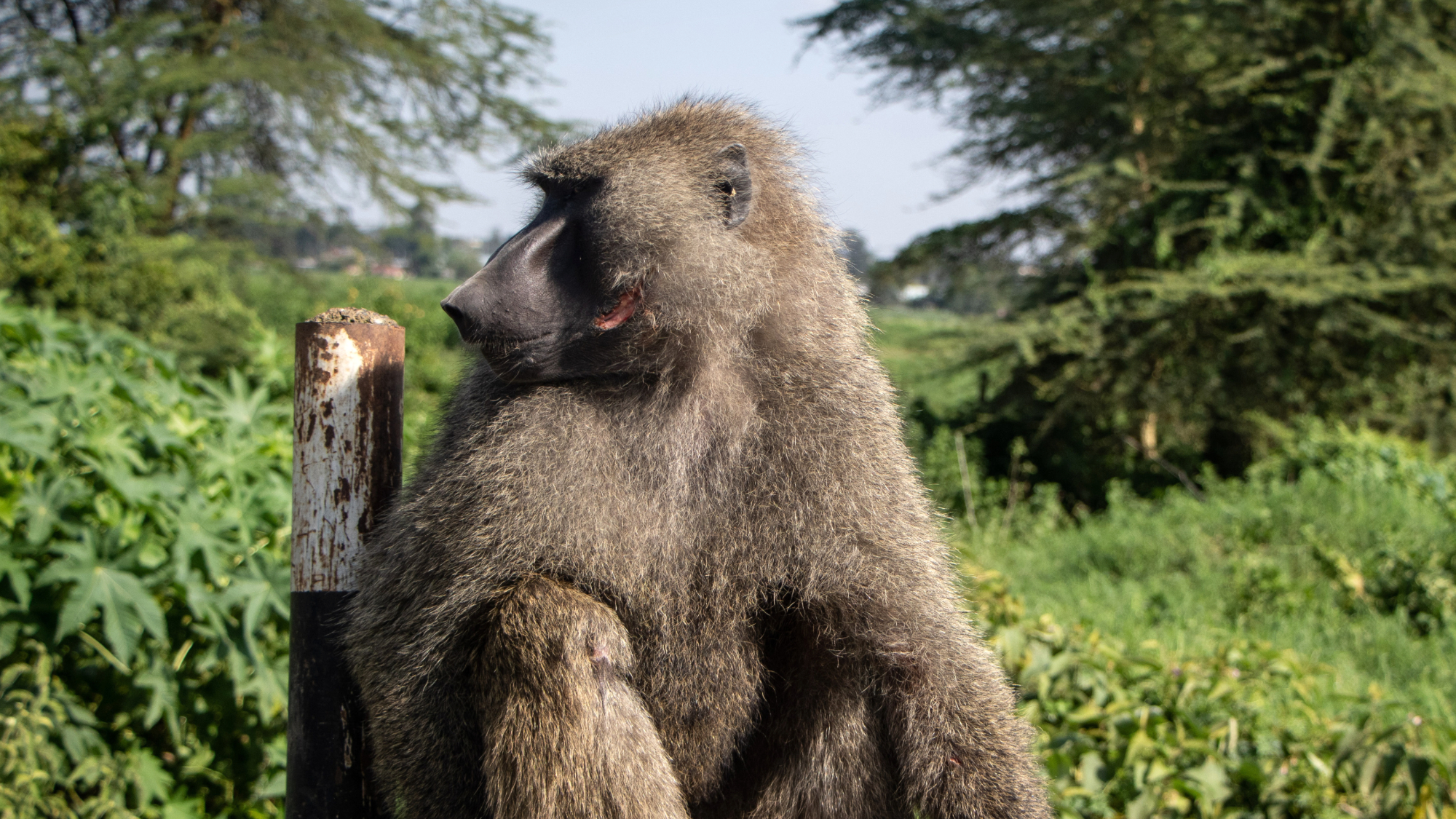 Humans heal much slower than other mammals
Humans heal much slower than other mammalsSpeed Read Slower healing may have been an evolutionary trade-off when we shed fur for sweat glands
-
 Scientists map miles of wiring in mouse brain
Scientists map miles of wiring in mouse brainSpeed Read Researchers have created the 'largest and most detailed wiring diagram of a mammalian brain to date,' said Nature
-
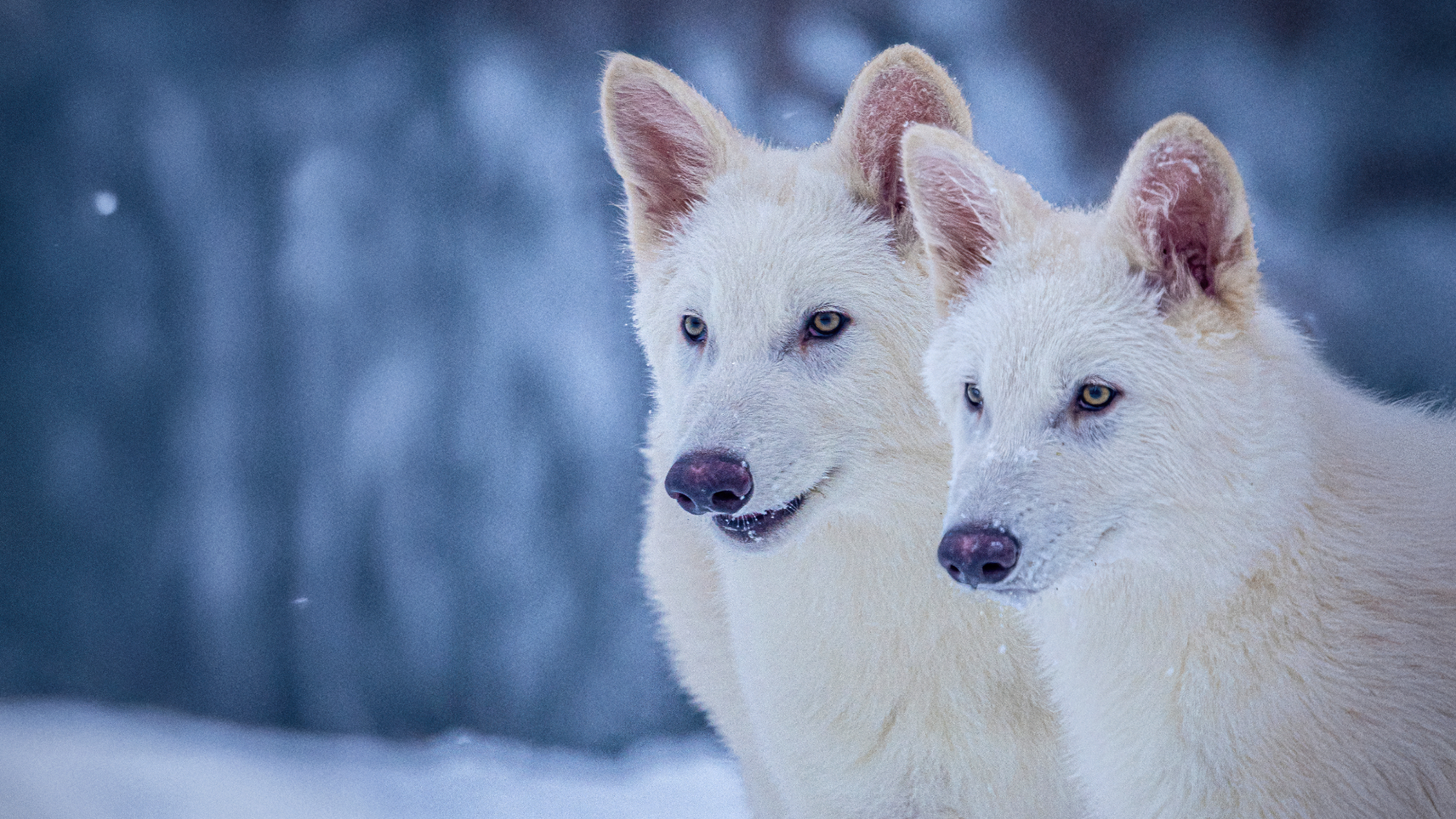 Scientists genetically revive extinct 'dire wolves'
Scientists genetically revive extinct 'dire wolves'Speed Read A 'de-extinction' company has revived the species made popular by HBO's 'Game of Thrones'